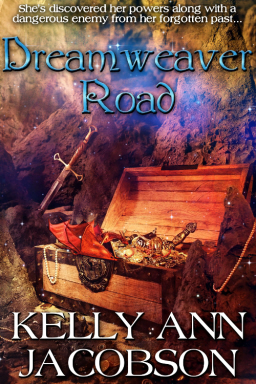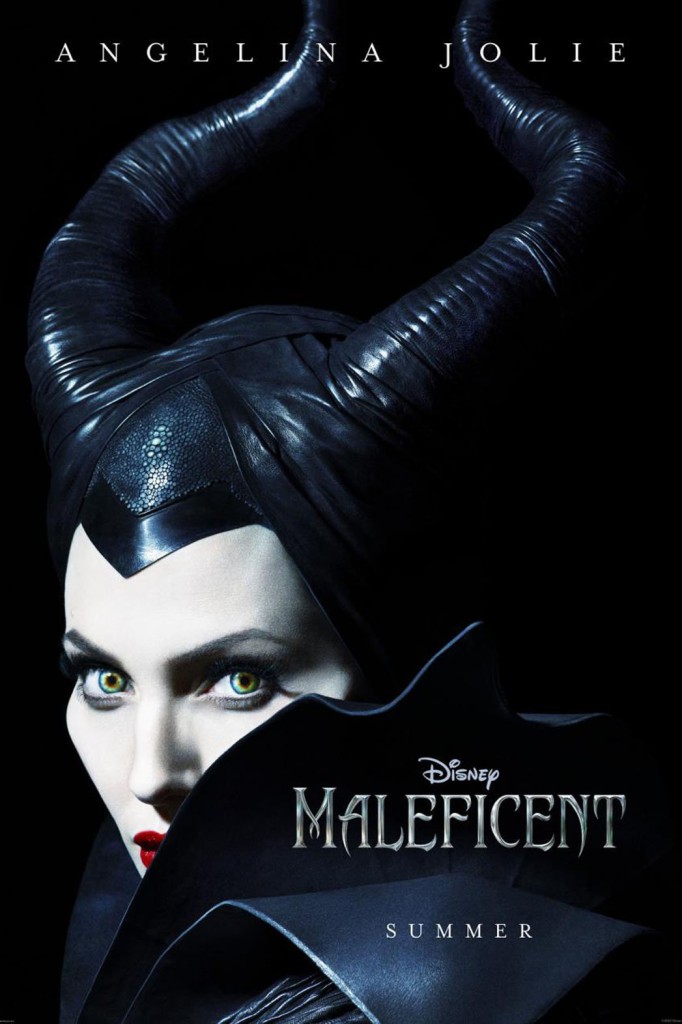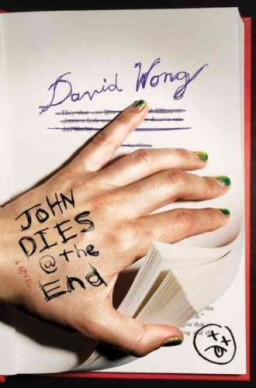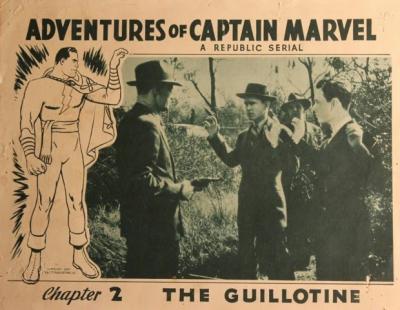Want to sell SF and Fantasy? The Only Book You Need is Bud Webster’s The Joy of Booking
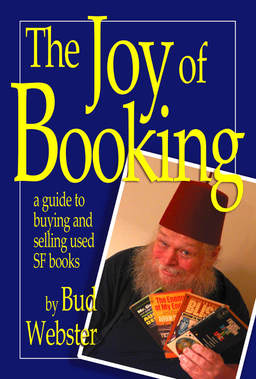 I’ve written here a few times about my adventures as a bookseller. Like that time a buyer found a rare Harry Dresden first edition in our $1 box at the 2010 World Fantasy Convention. Or when I sold Jo Walton an Eric Frank Russell paperback she never knew existed. Or the weekend Howard Andrew Jones, James Enge, Donald Crankshaw, Peadar Ó Guilín, Rich Horton, and I sold books together at the World Science Fiction convention
I’ve written here a few times about my adventures as a bookseller. Like that time a buyer found a rare Harry Dresden first edition in our $1 box at the 2010 World Fantasy Convention. Or when I sold Jo Walton an Eric Frank Russell paperback she never knew existed. Or the weekend Howard Andrew Jones, James Enge, Donald Crankshaw, Peadar Ó Guilín, Rich Horton, and I sold books together at the World Science Fiction convention
Or what happened when an attractive young woman picked up a copy of a Philip K. Dick paperback at Dragon*Con, and I stupidly said “Hey there — are you a fan of Dick?”
But despite all those years selling vintage SF paperbacks, I’m still very much a newbie. Especially compared to the legendary Bud Webster, who has made a vocation of buying and selling SF and fantasy books for decades, at conventions all over the country.
He’s collected anecdotes from a lifetime of selling SF, and packaged them up with excellent advice to aspiring booksellers on things like Managing Your Stock, Obtaining Stock, and When to Sell, in a single extremely useful and highly entertaining volume: The Joy of Booking, published in 2011.
Full exposure: Bud was the poetry editor for Black Gate, back when we had a print edition, and he’s also written a few articles for us on (what else?) bookselling and vintage books, such as “Selling Your Books Ain’t as Easy as it Looks,” “What I Do and Why I Do It,” “What I Do It With,” “Holding History,” and “Talk to Any Squids Lately? In Space, I Mean?.”
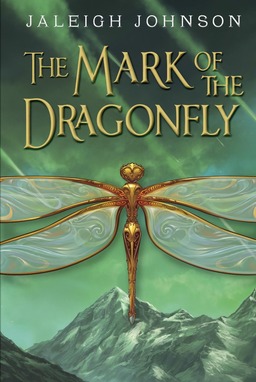
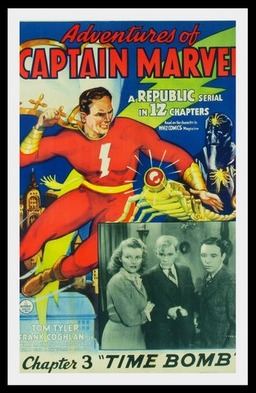
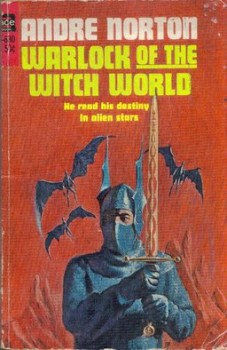
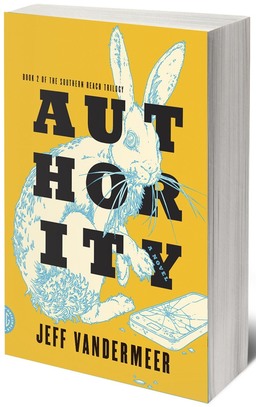
 One of the interesting things about going back to the beginning of any tradition is seeing how things might have gone. Seeing, that is, possibilities unexplored and roads not taken. Sometimes you catch a glimpse of what, in retrospect, is an earlier stage of evolution. Sometimes there’s a sense of a missed chance. And then sometimes you can see why things went the way they did.
One of the interesting things about going back to the beginning of any tradition is seeing how things might have gone. Seeing, that is, possibilities unexplored and roads not taken. Sometimes you catch a glimpse of what, in retrospect, is an earlier stage of evolution. Sometimes there’s a sense of a missed chance. And then sometimes you can see why things went the way they did.